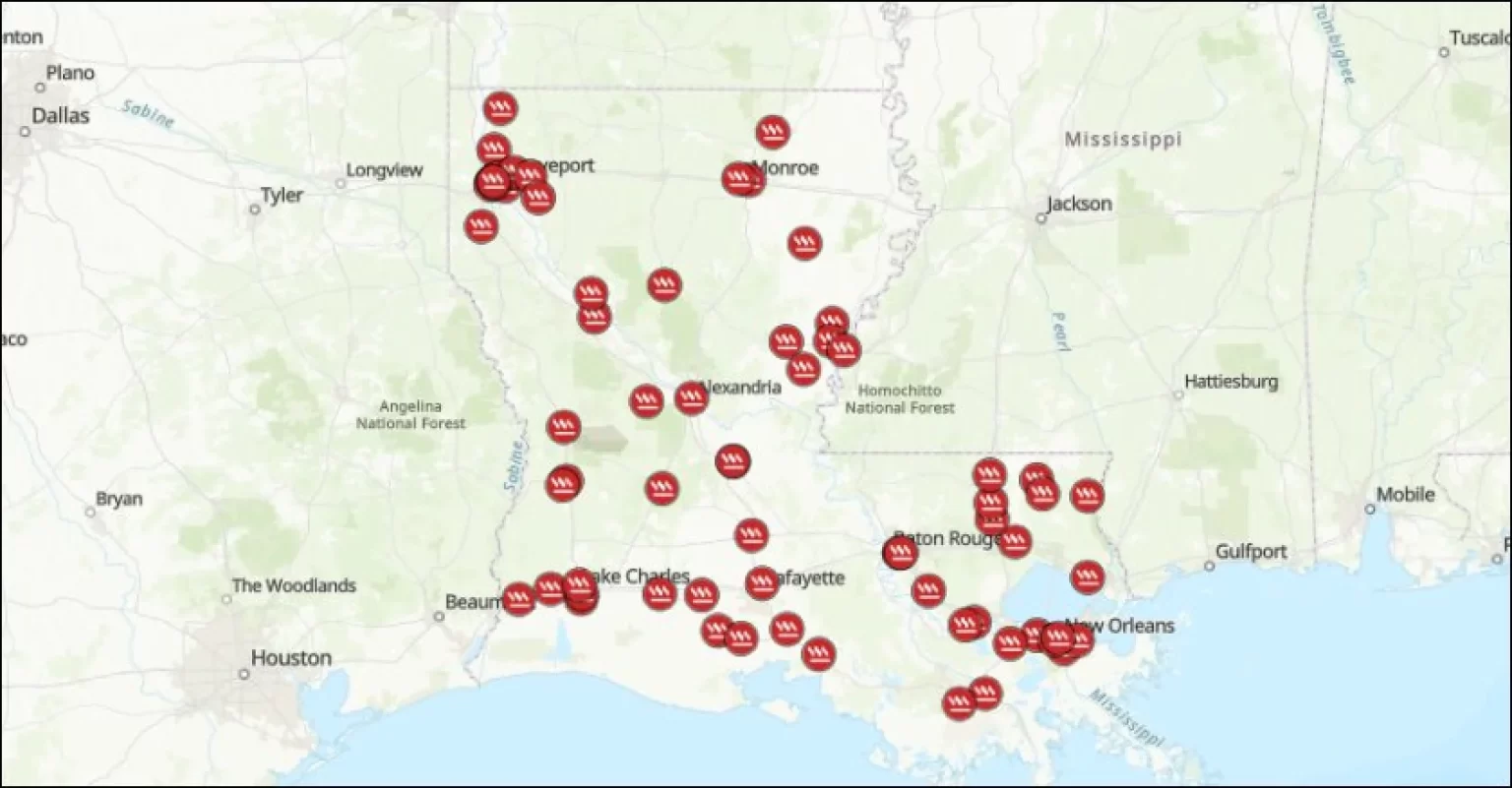Public officials who believe an informed citizenry is important to preserving the rule of law and strengthening democracy must come to grips with the reality that one of our oldest institutions, the news media, is no longer effective at accomplishing these noble objectives. What that means is that government leaders need to become more adept at using social media and other digital platforms to educate and inform the public directly. As a former communications director for a large municipality and media professor at a major university, I have some thoughts about how public officials can and must do more in this new media landscape.
About a half-century ago, the traditional news media began to lose their credibility with the public, diminishing their role as the Fourth Estate, a term symbolizing their ability to influence public opinion, hold the powerful accountable and serve as watchdogs over the institutions of democracy. According to Gallup’s tracking, trust from the American people in the mass media has declined from 72 percent in 1972 to an all-time low of 31 percent last year. As this has happened, Americans in droves have flocked to alternative media for information on a wide array of topics, including politics and government.
One of the reasons traditional news media have lost credibility is that increasingly newspapers and local broadcast outlets are owned by media conglomerates with little interest in local affairs or by wealthy individuals, such as biotech entrepreneur Patrick Soon-Shiong, who owns the Los Angeles Times, and Amazon founder Jeff Bezos, who owns the Washington Post. We witnessed during last year’s national elections how both Bezos and Soon-Shiong refused to allow their newspapers to make presidential endorsements.
Beyond owner influence and a lack of diversity of thought, we’ve also experienced the dumbing down of the news. This extends beyond how the media covers national issues and personalities; it also impacts how news topics including the important workings of government are covered locally. Reports about criminal activities, particularly violent crime, typically monopolize the daily news — as the decades-old mantra goes, “If it bleeds, it leads.” State and local officials other than mayors and governors rarely get covered unless they do something outrageously stupid or criminal.
This is particularly concerning given that state and local governments continue to enjoy substantially higher levels of trust than either the news media or the federal government. While trust in state and local government has also declined somewhat in recent years, Gallup reports that half of adults still have a favorable view of state government and 61 percent rate their local governments positively.
These developments have created the opportunity for leaders who value a well-informed citizenry to bypass the gatekeepers of traditional media and communicate directly with the public. This includes making better use of text threads that I recently wrote about and digital platforms like X, Facebook, YouTube and Instagram. But it also entails using newer and more targeted platforms like Bluesky, Threads and Mastodon.
Public officials of the millennial and X generations will probably find this easier to do; those from earlier generations might need to acquaint themselves with how to effectively use social media and stop relying as much on old-school methods like sending out press releases or writing op-eds and letters to newspapers.
Public leaders unfamiliar with social media should hire professional staff to help develop communications plans that will allow their presence on all social media to occur quickly and simultaneously. This staff position is as important as traditional ones in community outreach and constituent services. In fact, the best way to do community outreach in today’s environment is through digital communications. This doesn’t mean that public officials should allow social media to limit their contact with constituents; it means that, among other things, they should use social media to advertise and market public meetings and events where they and the public can interact in person.
The next priority is to develop a comprehensive database of constituents, supporters, thought leaders and importantly, social media influencers. Once this is accomplished, they should begin distributing carefully worded, authentic, verifiable and responsive content tailored to the needs of the public (a standard once reserved for traditional journalists). I am not advocating that public officials remake themselves into political brands, but rather that they become more attuned to how the public receives and interprets information in today’s marketplace of ideas and get on board.
One final caution: As public officials rely more on social media, they need to remember that all residents don’t use it and that some don’t have access because of the persistent digital divide that I have written about. They should supplement their use of social media with community media alternatives such as public access television and minority and locally owned radio. Almost all residents live within reach of a broadcast radio signal, and many local stations have converted to talk and news formats.
While continuing to respect the independent role of the press, public officials must make greater efforts to communicate directly with constituents through social media and other digital platforms. Only then will we have a more informed body politic that can make better decisions about political leadership and understand its role in protecting the rule of law and democracy.
This opinion article reflect the views of their authors and not necessarily those of the City of Atlanta.



